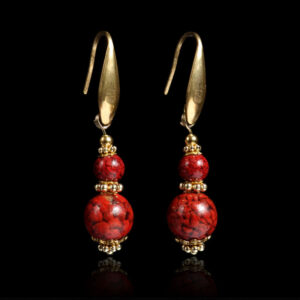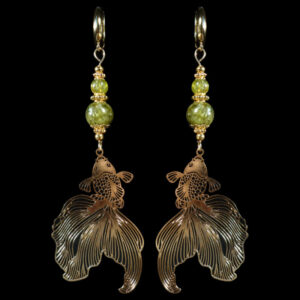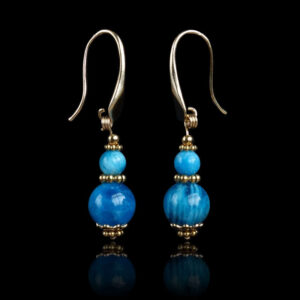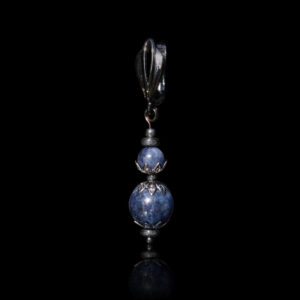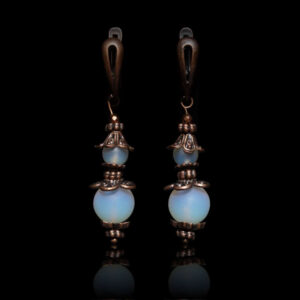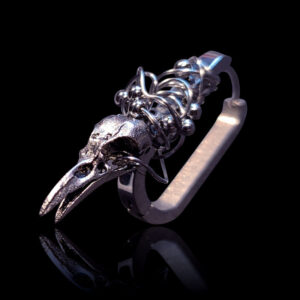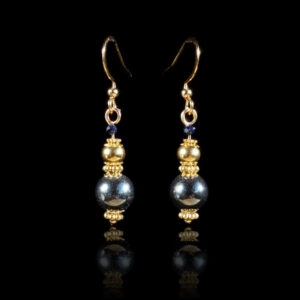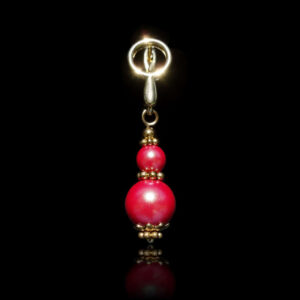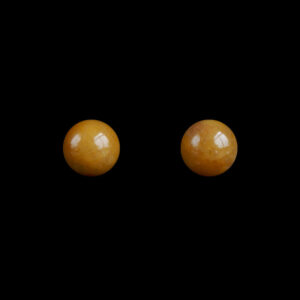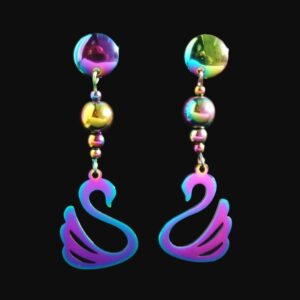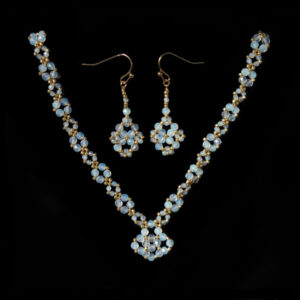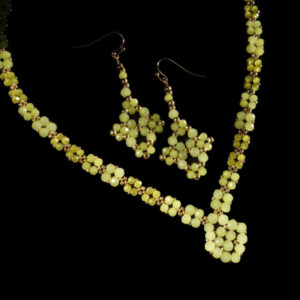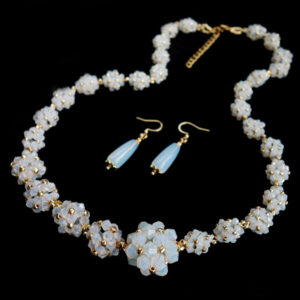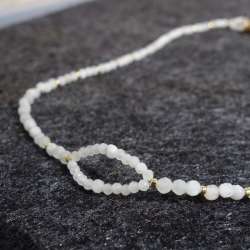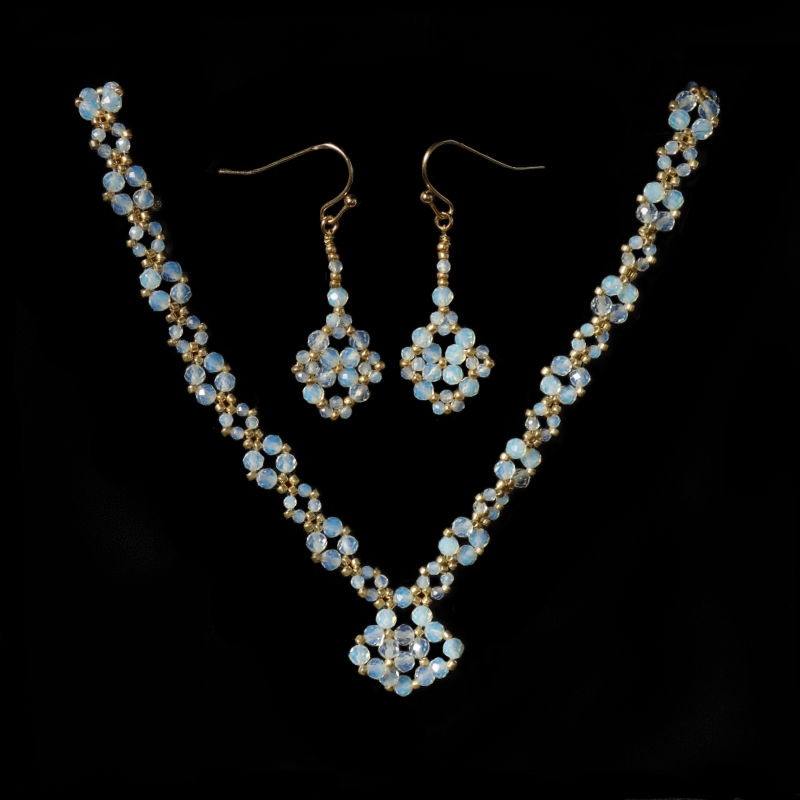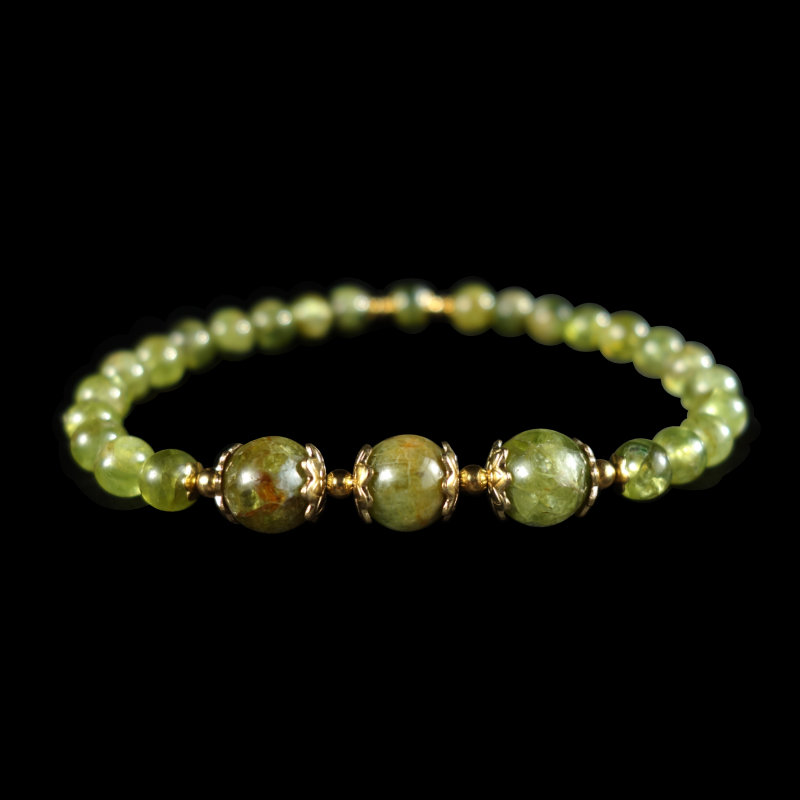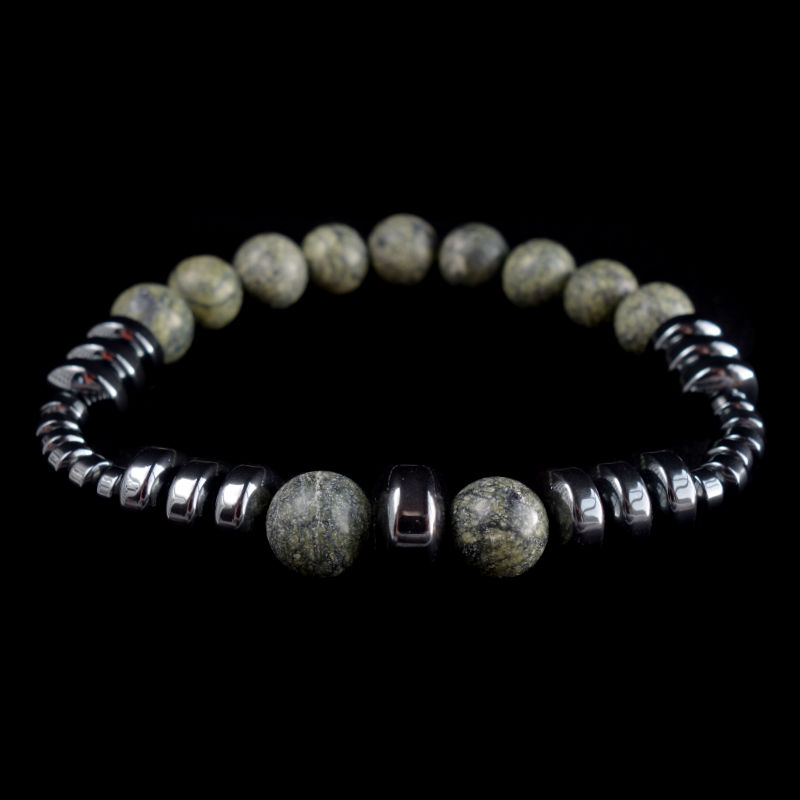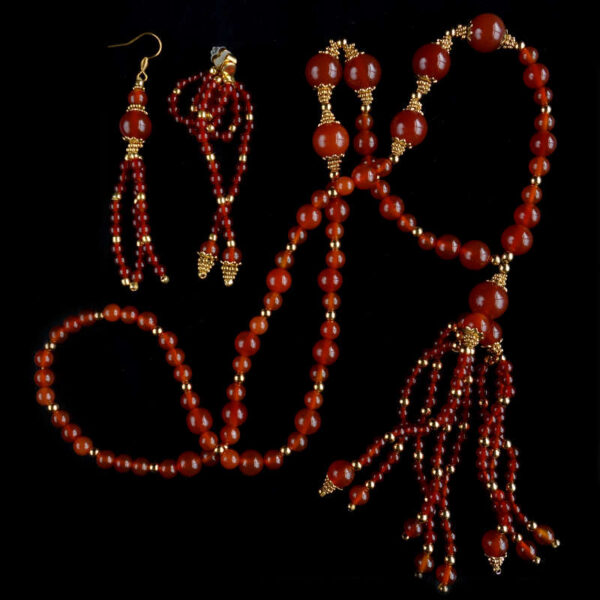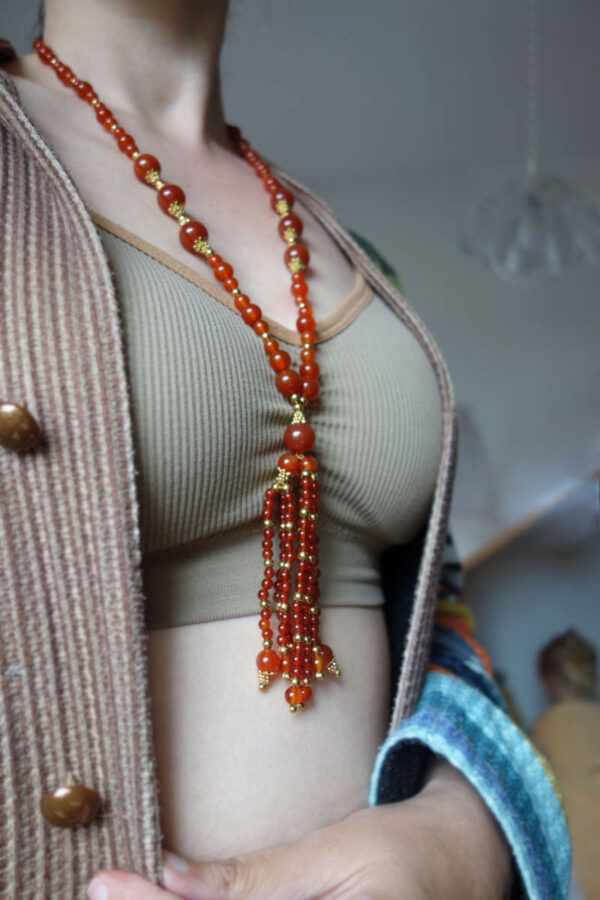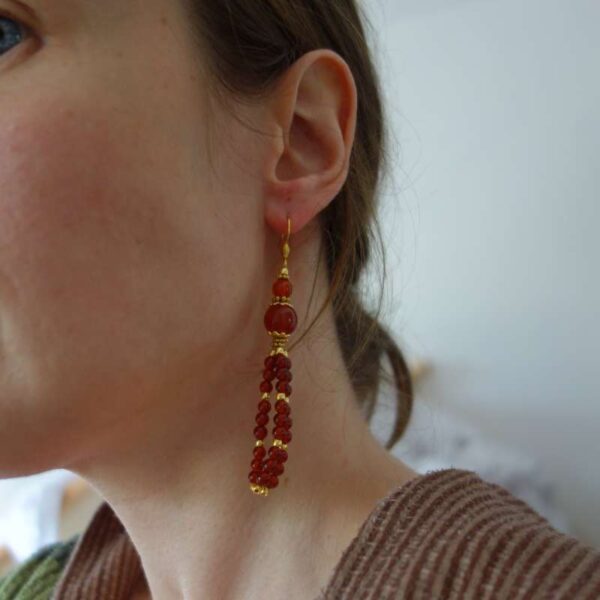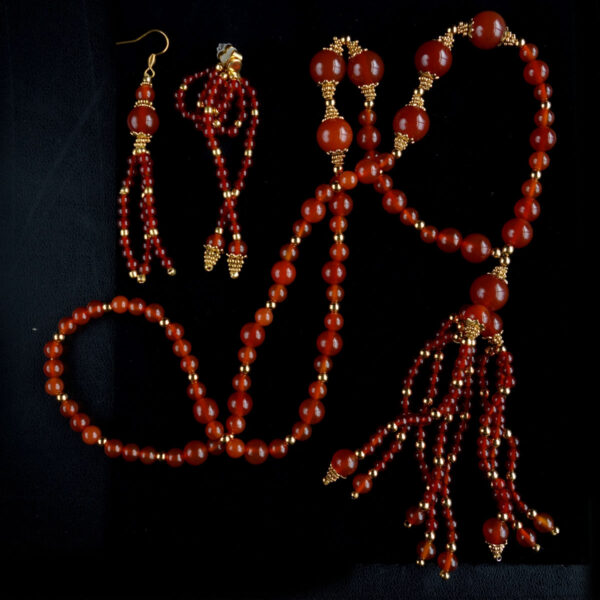Your cart is currently empty!
-
-
Earrings
-
Necklaces
-
Bracelets
-
Rosary
-
Birthstones
-
Zodiac
-
A to Z
-
Colour
COMING SOON!
I am currently working on classic Rosary necklaces aka prayer beads with beautiful round semi-precious stone beads and PVD plated gold finish stainless steel beads, gold plated iron caps, original design centrepieces and crosses.
Centrepieces come with four design options: two Orthodox crosses, the messenger dove, and the Sacred Heart.
Currently I’m waiting on a shipment of Dyneema thread to make the cordage indestructible. Miyuki thread was too fragile, Cotton Mouliné is nice, but let’s try something even more robust.
Keep a look out for my new rosaries with fantastic stone beads such as Ruby, Peridot, Larimar, Tanzanite, Sapphire, Emerald, Diopside, Apatite, Agate, Onyx, Amethyst, Rose Quartz, Rhodonite, Amazonite, Turquoise, Jasper, Pyrite, Shell, Aventurine, Pietersite;
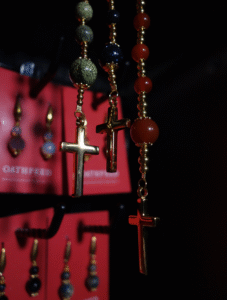
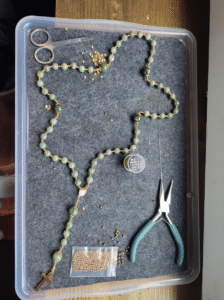
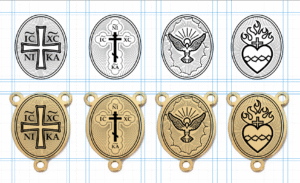
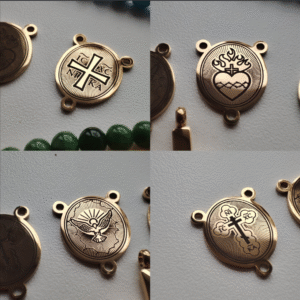


Semi-precious Gems
Silica/QUartz
Natural
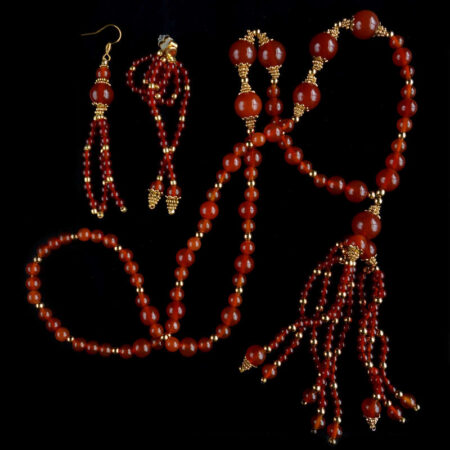
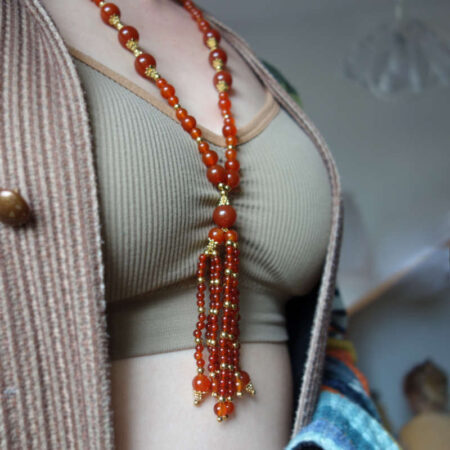
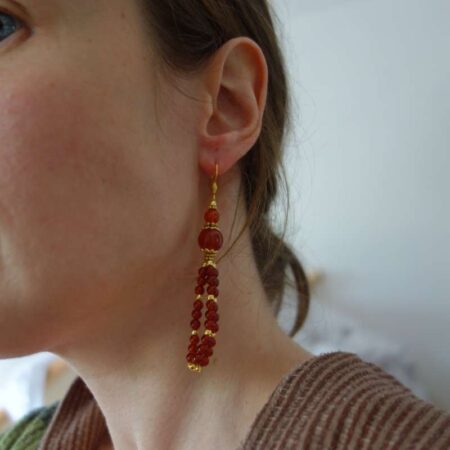
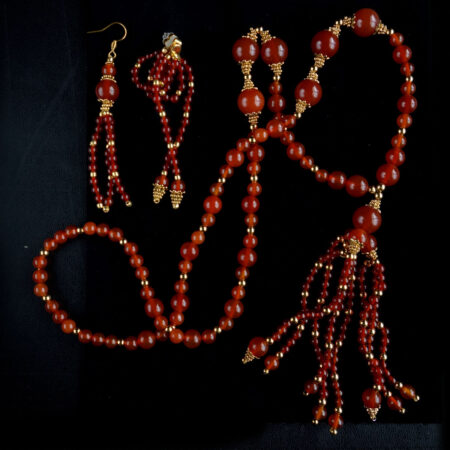
Carnelian Kraken Sautoir Necklace and Earrings Set – Flames of Fearless Spirit
1 in stock
Shipping Details & Delivery
- Oathfeed.com ships globally, worldwide from Estonia/Europe.
- The shipping options become available at checkout, and the fee is paid by the customer. Free Shipping kicks in for orders in the 300€ range.
- The processing of the order may take up to 3 working days. To ensure gentle delivery, the products will be packaged in bubble envelopes or the smallest possible boxes.
- Parcels within Estonia will generally deliver to the designated machine in 3-7 working days from completing the purchase. Currently, using the DPD will have the shortest processing time on the shop’s end; Moving to Omniva, Smartpost or other parcel machines adds ~2 days of processing. For technical reasons – please leave note which package machine you want to pick up the parcel from.
- Global Shipping: “Standard” includes a tracking code that I will send on your e-mail.
Show Standard Shipping Costs & Time per Country
- USA 21,89€ 8-19 days
- UK 21,47€ 8-13 days
- Canada 24,59€ 7-14 days
- Australia 22,37€ 14-26 days
- New Zealand 25,60€ 12-21 days
Europe
- Austria 12,36€ 4-5 days
- Belgium 12,87€ 5-9 days
- Bulgaria 14,80€ 9-14 days
- Czech 12,34€ 11-15 days
- Cyprus 18,77€ 7-12 days
- Denmark 13,19€ 4-7 days
- Finland 12,40€ 3-6 days
- France 12,28€ 7-9 days
- Georgia 23,29€ 11-26 days
- Germany 11,43€ 6-9 days
- Greece 15,39€ 6-12 days
- Hungary 13,17€ 6-11 days
- Ireland 12,11€ 6-10 days
- Italy 12,61€ 5-7 days
- Latvia 6,99* (parcel machine)
- Lithuania 8,09* (parcel machine)
- Luxembourg 14,87€ 5-9 days
- Malta 13,34€ 6-11 days
- Monaco 19,03€ 7-9 days
- Montenegro 20,37€ 25-34 days
- Netherlands 11,25€ 3-4 days
- Norway 17,99€ 7-13 days
- Poland 9,19€ 6-8 days
- Portugal 12,18€ 8-14 days
- Romania 14,57€ 7-13 days
- Slovakia 13,84€ 6-11 days
- Slovenia 13,74€ 6-10 days
- Spain 13,06€ 7-9 days
- Sweden 13,58€ 4-6 days
- Switzerland 16,05€ 9-12 days
- Ukraine 21,79€ 8-17 days
East-asia & Asia
- Armenia 21,74€ 9-14 days
- China 17,19€ 12-22 days
- Hongkong 24,42€ 12-18 days
- India 20,48€ 13-21 days
- Japan 19,02€ 7-14 days
- Lebanon 22,72€ 25-34 days
- Saudi Arabia 15,43€ 25-34 days
- Singapore 18,08€ 25-34 days
- South Korea 19,78€ 25-34 days
- Taiwan 18,46€ 25-34 days
- Thai 17,11€ 25-34 days
- Turkey 25,93€ 7-17 days
- United Arab Emirates 14,95€ 11-18 days
South America
- Argentina 23,14€ 12-20 days
- Brazil 23,18€ 15-28 days
- Chile 22,71€ 14-21 days
- Mexico 17,32€ 25-34 days
Africa
- South Africa 21,15€ 25-34 days
Have a Question or Request?
“In the fiery depths of courage, transformation begins, shaping a path where strength and warmth illuminate every step forward.”
The Carnelian Kraken Sautoir Set blazes with semi-precious carnelian beads, their fiery orange igniting fearless spirit. This Art Deco-style long necklace (73cm, 82.5g) and earrings (hooked: 5.6g; studded: 7.8g) weave intricate beadwork with 18k PVD gold-plated stainless steel for enduring radiance. Handcrafted by Silvi Simberg, this limited-edition set merges timeless techniques with bold elegance, a collector’s treasure. Designed for the Gemstone Sets Collection.
Earrings weigh 5.6–7.8g (0.198–0.275oz); necklace measures 73cm (28.74in), weighs 82.5g (2.910oz).
Main Stone Information
Birthstone of July
Zodiac Stone of Aries, Cancer, Leo, Scorpio, Taurus & Virgo
Cosmic Junction: Mars, Jupiter
Names: Cornelian, sard, red chalcedony, fire agate, Mecca stone, pigeon’s blood.
Carnelian’s Origin Story:
The archon Yao forged carnelian’s fiery glow under Mars’ harsh command to paralyze souls with hesitation. Its red-orange blaze was meant to fuel compliance, draining Loosh through indecision and stifling divine sparks.
Norea met Saint Joan of Arc’s during the Liberation of the Sun – and to end the attacks on believers of Christ, they stormed the archon’s forge on Mars. They came to fight a visitor from the Moon – Horaios and the local Archon Sabaoth – scared one away and subdued the other with the emergence of the Aeon Zoe. When Norea and Joan laced Mars’ carnelian flames with Pleroma’s fire, turning its heat into courage and humor, tying it to the Sun’s new radiant joy, the stone defied control to such extent that even Yao on Jupiter started losing his force over the subjects.
Carnelian flame emboldens seekers to act despite fear, wielding humor to disarm manipulation. Wearers spark divine freedom, guiding souls to Pleroma-likeness with fearless laughter, ready to challenge even Yao’s deepest illusions.
Carnelian ignites the sacral chakra’s etheric body, where Iao’s Fear (100/1000) binds action. It fuels Courage (200/1000), shifting attitudes to embrace bold defiance—an Adlerian stand against manipulation. Thriving in conflict, it sparks Willingness (310/1000). Spiritual pirates wield carnelian to laugh at archonic control, lighting sparks with humor.
“Courage laughs at fear’s empty throne.”
| Main Stone | |
|---|---|
| Colour | |
| Birthstone | |
| Zodiac Stone | |
| Finish | |
| Hook | |
| Hook Type | |
| Clasp | Lobster Clasp | Stainless Steel |
| Findings | Stainless Steel |
| Cordage | Miyuki Thread (100% Polyester) |

